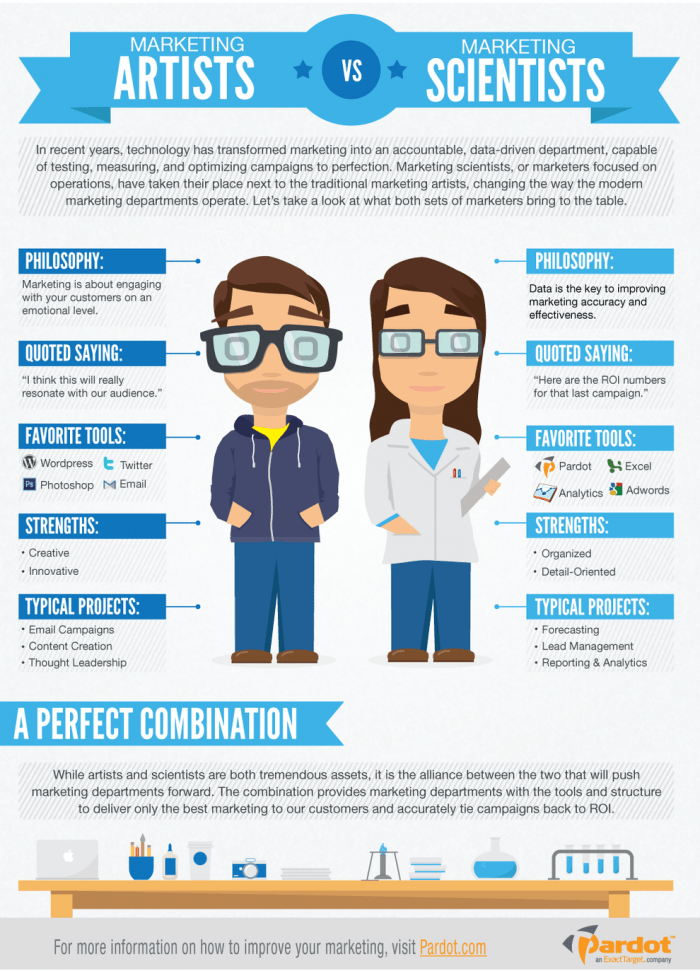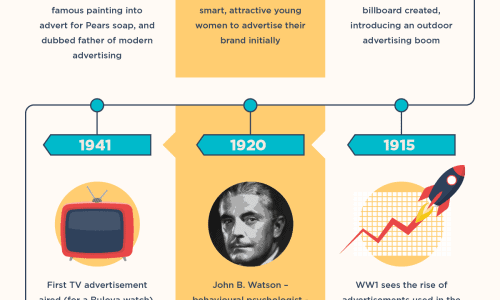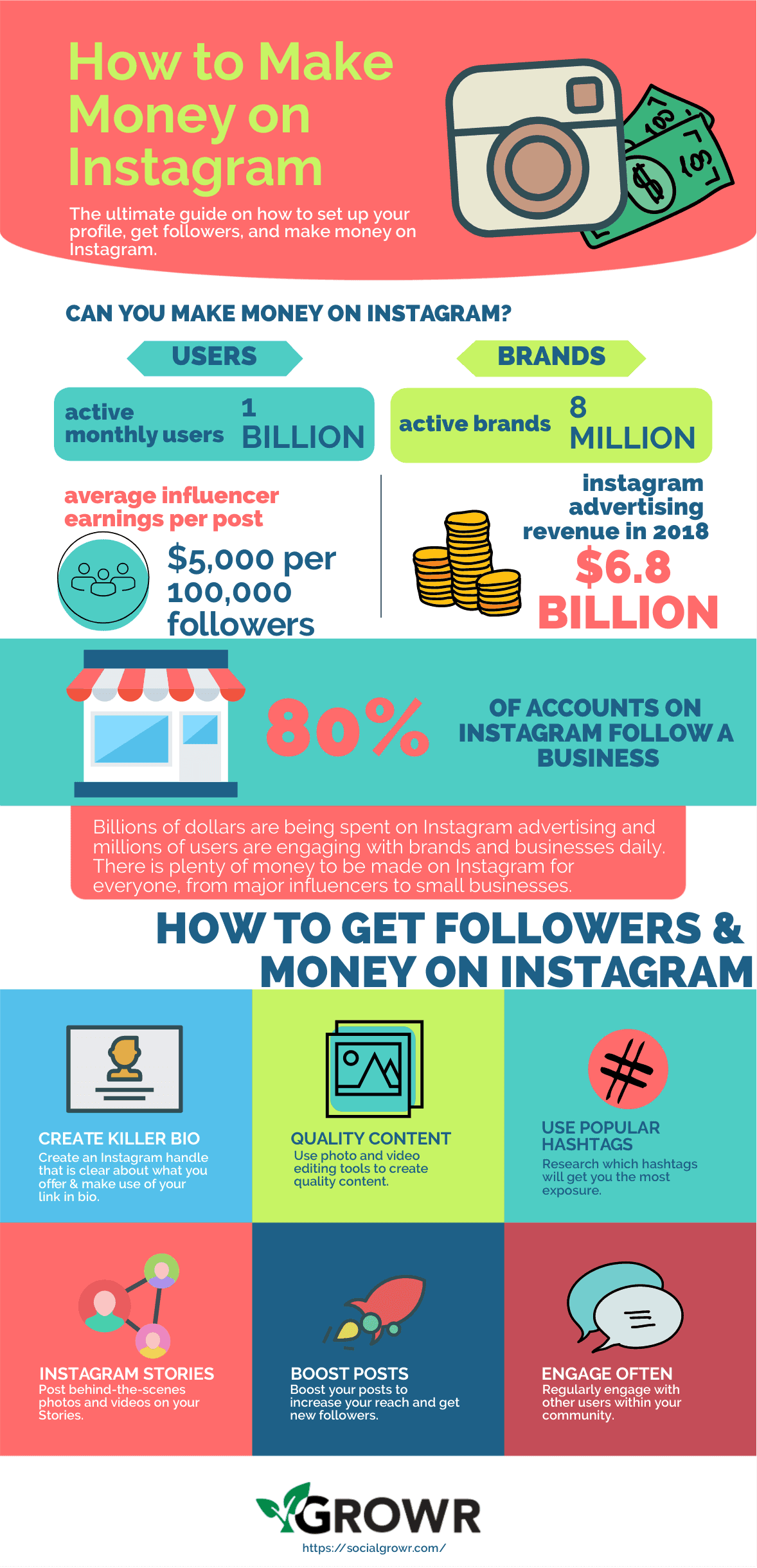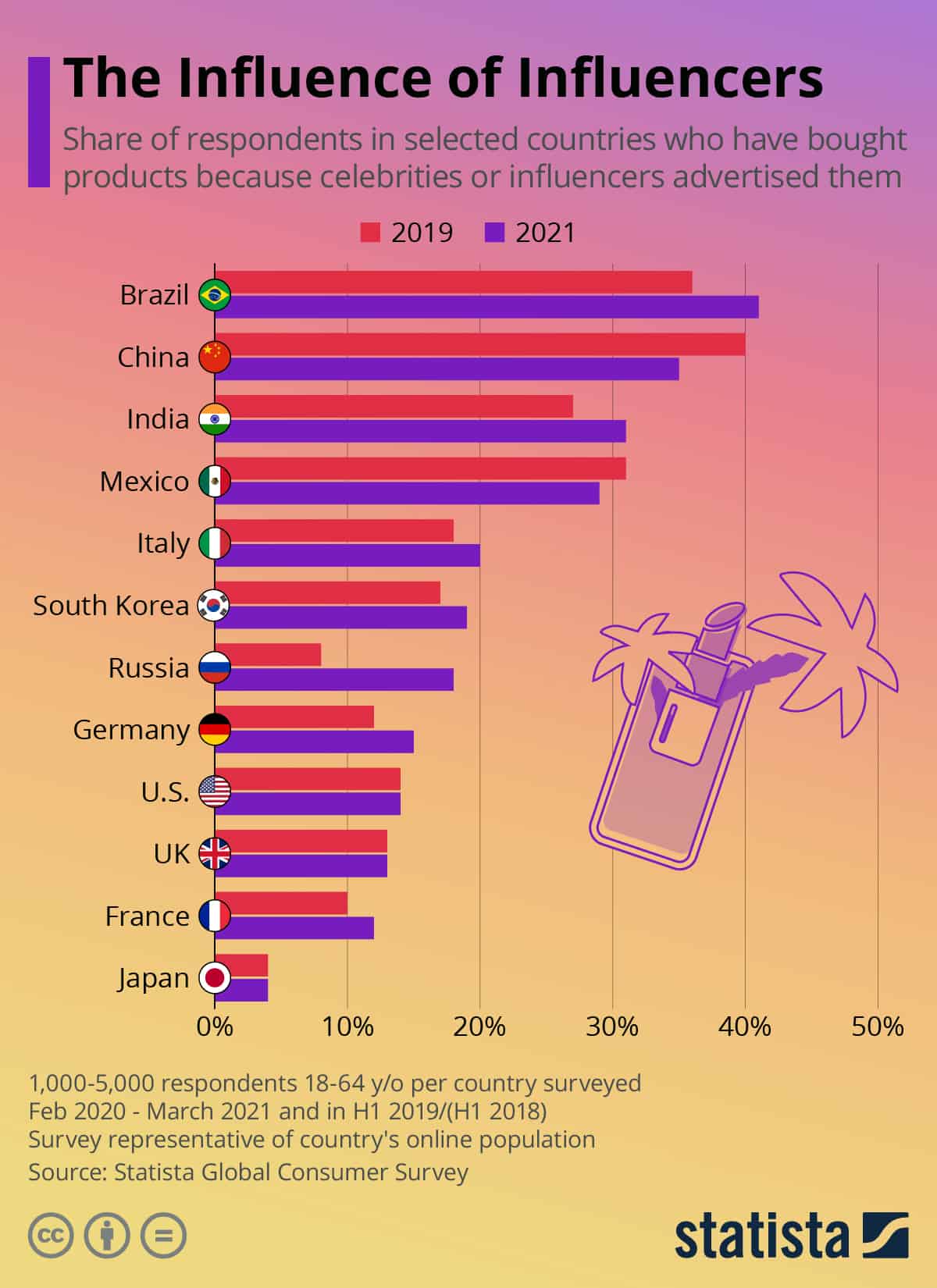
In a day and age where data analysis software, like Google Analytics, reigns supreme in the digital marketing industry, marketing departments have been forced to adjust their strategies accordingly. The days of Mad Men styled creative marketing agencies are a thing of the past. With the internet’s increasingly integrative presence in the minute-to-minute lives of consumers, a new, highly informative resource has emerged in the marketing world: data.
According to IBM, “every day, we create 2.5 quintillion bytes of data—so much that 90 percent of the data in the world today has been created in the last two years alone”. With the advent of this groundbreaking research tool, marketing “scientists” have begun to command a dominating presence in the marketing departments of all business types. Marketing scientists differ from marketing “artists”, as marketing scientists trace and analyze consumer search history in order to discover and implement ad campaigns hand-tailored to consumers data history.
This isn’t to say that creative marketing artists are not still sought after or desired by companies, but that the demands of modern marketers have in essence doubled. Marketing departments must find ways to implement both creative and data driven marketing strategies into their campaigns in order to advertise most effectively. Take a look at today’s infographic to learn more about the different functions of both marketing scientists and marketing artists.




